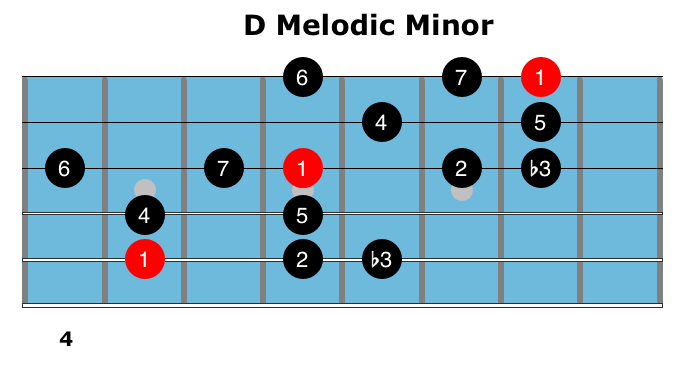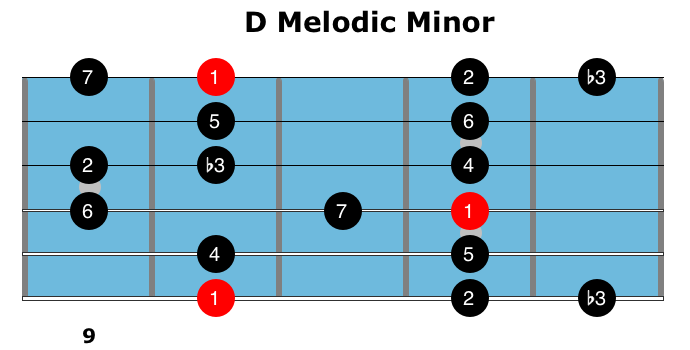

This means when you are playing in melodic minor harmony, you don’t play the chord individually so much as you play the whole key all at once. But if you have no avoid notes (like the melodic minor scale), then every chord can be any other chord in that key. This means, the only reason one chord cannot be a different chord is because avoid notes and guide tones exist. So, a 5th-less FMaj9#11 = a 5th-less G13. Interestingly, if you omit the 5th from both chords (which is allowed), you get the exact same notes. We also have to omit any ‘ unavailable tensions‘ or ‘avoid notes’.įor example, the only reason an FMaj9#11 (F A C E G B) cannot be a G13 (G B D F A E) is because the FMaj7 contains a ‘C’, which is an unavailable tension or avoid note from the point of view (POV) of the G7. Otherwise the two chords share many notes in common. That is, the CmMaj7 chord (C, E♭, G, B) can be used as a voicing for any chord in the key of C melodic minor just by changing the bass note.Īs we have learned already, in order to play a chord we have to include, at a minimum, the 3rd and 7th of that chord (the root and the 5th can be omitted). This means you can all the notes of the scale over any of the chords, and that all the chord voicings are completely interchangeable. It’s also generally accepted that the melodic minor scale modes do NOT have avoid notes. It can be any altered C7 chord – C7♭9 or C7#9#11 or C7♭9♭13 or anything else – but a good proxy chord is C7#9♭13. This just means ‘Play an altered C7 chord’.
MELODIC MINOR SCALES BLUEW FULL
The full associated chord is C7♭9#9#11♭13, but this is quite a mouthful so the chord is usually just shortened to C7alt. You can’t alter root, 3rd or 7th without changing chord tonality or quality – but you can alter every other note.Below is a comparison of the Altered Scale to the standard Mixolydian Scale: Degree It is played over a V7 chord and is an interesting scale because every note that can be altered, is altered. One of the most widely used scales in Jazz is the Altered Scale. This is a VERY widely used scale that’s worth exploring in a little bit more depth. The Altered mode is used over a V7alt chord (or just a regular V7).It is an oft-used alternative to the Locrian mode. The Half-diminished mode is used over a half-diminished chord.It can be used over a V7♭13 chord, but is generally reserved for a ImMaj7/V chord. The Mixolydian ♭6 mode is rarely used in Jazz.The Lydian Dominant mode (‘Lydian’ because of the #4 and ‘Dominant’ because of the♭7) is played over a V7#11 chord, but can also be played over a regular V7 chord.The Lydian Augmented mode (‘Lydian’ because of the #4 and ‘Augmented’ because of the #5) is played over a Maj7#5 chord, but can also be played over a regular Maj7 chord.While it can be played over a m7 chord, the ♭2 would be an avoid note. The Dorian ♭2 mode is generally reserved for the Phrygian Chord (D7sus♭9).The associated chord is the CmMaj7 chord – which is not found in Major scale harmony. But in Jazz, we play the ‘true’ melodic minor scale both up and down, and call it the Jazz Melodic Minor Scale.

In Classical music, you play the ‘true’ melodic minor scale ascending and the natural minor scale descending.


 0 kommentar(er)
0 kommentar(er)
